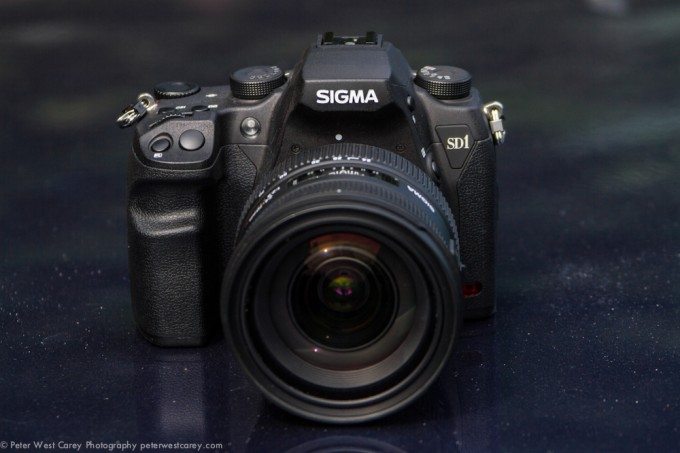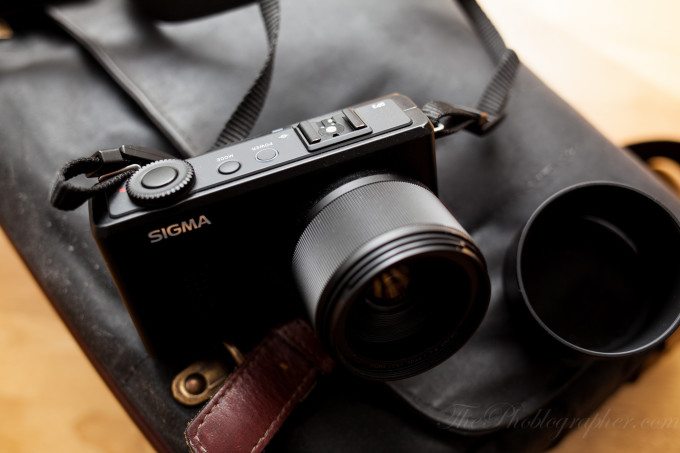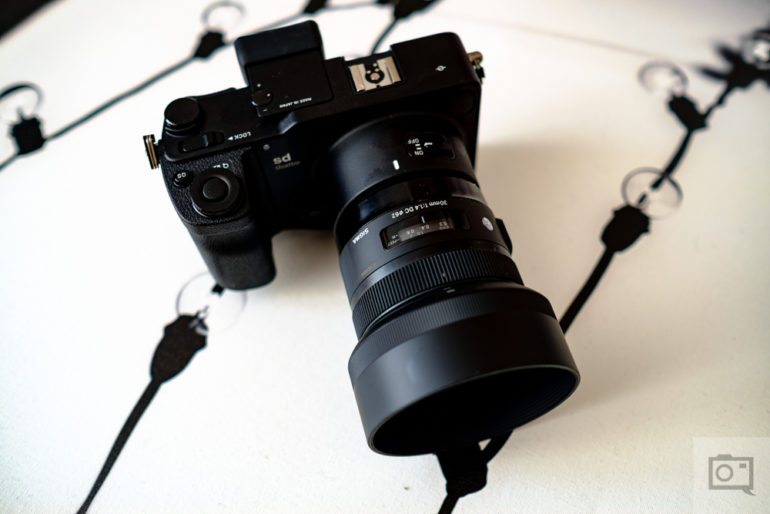
Sigma is often recognized as one of the well-known third-party optical brands in Japan, and it has created some exceptional lenses over the decades. While we applaud them for their lenses, there is another sphere where the company has been trying to excel: cameras. For over a decade, Sigma has announced several cameras, some of which were truly odd pieces of tech. Today, we look at a few and share what went wrong with them.
Sigma DP2x
The fairly ordinary-looking camera DP2x was launched in 2011, and it was a device with several issues of its own. The camera featured a 14.45MP Foveon sensor with RAW shooting capabilities, a pop-up flash, and Sigma Photo Pro 5.0 software. On paper, the specs don’t look off. However, during our tests, we found the camera lacked several things, which made it impossible for us to suggest to others. Firstly, it requires a separate software to process RAW images, which we did not appreciate. It also can’t shoot RAW+JEPG, and its minimum focusing distance does not include the opportunity to shoot macros. Despite being a bigger sensor than MFT, the camera still is unable to provide better low-light performance. There is also the focus speed, which is lacking, and the writing speed is quite slow.
Although the camera offered great image quality, its other features dragged the camera down, especially at a time when other competitors were making waves. As we said: “There are dozens of other cameras that have entered this segment and I don’t think I could tell someone to grab the DP2x without trying out at least a few of it’s competitors.”
Sigma SD-1 Merrill

The Sigma SD-1 Merrill is an APS-C DSLR that features a 48MP Foveon X3 sensor. It offers 12-bit RAW, 5fps shooting capabilities, a pop-up flash, a 3-inch 460,000-dot LCD, and weighs 700g. The camera offers a slow autofocus, and it is designed for photographers who shoot slower-paced subjects such as portraits or landscapes. Despite the image quality is sharp and producing great colors, it also comes with the challenge of only using Sigma lenses. This means one would have to shell out more. It would have been great if the camera offered one-to-use lenses from Canon and Nikon. In addition, the price tag at that time ($2000), with the performance that it gave, made one reconsider its purchase. After all, Canon and Nikon had competitive prices and models with better features then.
Sigma DP3 Merrill

Sigma always thought of innovation, and the DP3 Merrill is an example of that. It is a medium format (sort of) point-and-shoot camera, which features a smaller 46MP sensor. It comes with a 50 f2.8 prime lens (which is 75mm equivalent), 4fps RAW shooting capability, movie mode, and a 3-inch tilting LCD. However, it is an oddball of a camera. It offers great image quality at low ISOs but it has a slow auto focus, focusing points which are fewer and at the center, and the lens is pretty huge on such a small body. There is also the Sigma Photo Pro, which is slow, has poor battery performance, and lacks flash. As we said in our review: “When you start to look at the other options out there like the Fujifilm X100s, Ricoh GR, and Nikon A, the DP3 Merrill isn’t looking so tempting except for the image quality.”
Sigma DP2 Quattro

One of Sigma’s weirdest cameras, the DP2 Quattro, has a smartphone body, a massive lens, and a weirdly inverted DSRLR grip. It features a 29MP Foveon X3 Quattro APS-C CMOS sensor, a 30mm f2.8 lens, ISO up to 6400, and a 3.0-inch 920k-dot LCD. When we tested the camera, we found it provided excellent colors and image quality. However, the camera is very limiting for most photography needs. It has poor ergonomics, slow autofocus, shorter battery life, bad high ISO performance, and limited Sigma software. As we said in our review: “The Foveon sensor produces some stunningly colorful and high-resolution images, but users will have to fight every step of the way to get there.”
Sigma SD Quattro

Yet another troubling offering is the Sigma SD Quattro in two models: APS-C and APS-H. The latter is a standard that was once used by Canon with 1D series cameras. While the image quality was great, the device had several other issues. It lacks weather sealing, has slow autofocus, and the Sigma software hasn’t improved. Also, SD card writing is really slow. In our review, we said: “I think that it’s time that Sigma truthfully puts the nail in the coffin for their cameras. I’m not going to use a point-and-shoot with a 75mm equivalent lens in the studio. I’m not going to use the SD Quattro in the studio either because the files are so incredibly tough to work with and I abhor Sigma’s software for them.” So, back in 2016, we were of the opinion that Sigma should leave the camera industry, but they still haven’t.
Sigma FP

The Sigma FP is the most controversial camera from the company. Designed for both photo and video users, the FP features a brick-like design, which can be paired with the company’s lenses. While it is the world’s smallest and lightest camera with a 24MP resolution, there is nothing working for it other than its size. The camera lacks direct controls, continuous face autofocus tracking is not as good, you need OBS to live stream, rolling shutter issue, and lack of image stabilization for L-mount lenses. Despite it being for more video-centric use, a lot of videographers would instead get Panasonic, Alexa, and RED. So, what is its point?
Sigma FP L

Considered to be innovative, the Sigma FP L allows photographers to build a camera that they truly need. However, while doing so, the company has also stripped the camera of some features. For instance, you can have a hot show and a viewfinder at the same time, one SD card slot that is difficult to hold without a grip, and not compatible with third-party straps. The start-up and recording are slow, and so is the autofocus. There is no optical IBIS issue with the rolling shutter, and it is quite expensive. As we stated: “For the average photographer shooting a handheld camera, there’s little that’s tempting about the fp L.”
Overall, the company had a chance to create cameras that were truly different, but they seemed to have rushed a bit too much. The concept is there, but it requires several refinements, which we doubt will happen any time soon.

